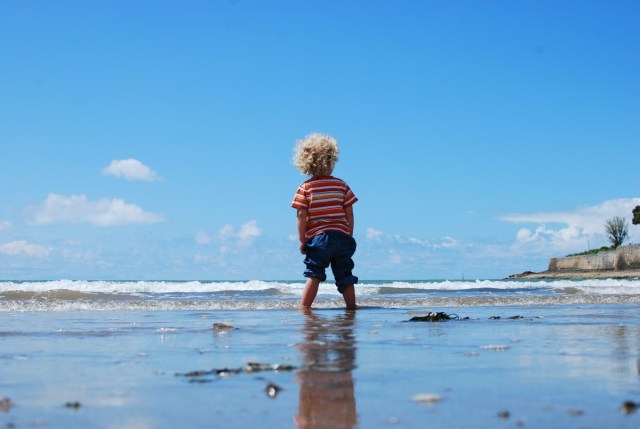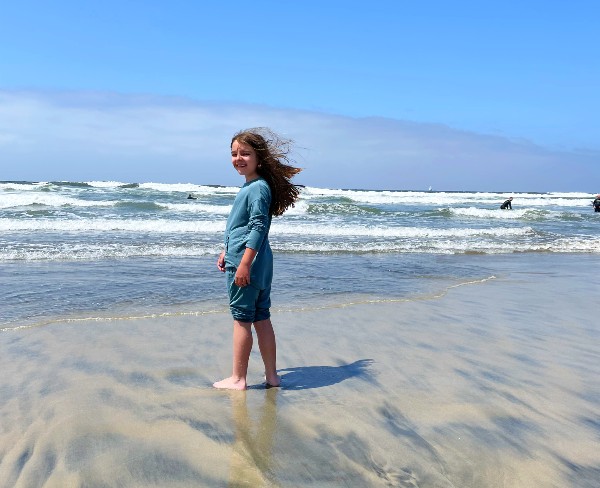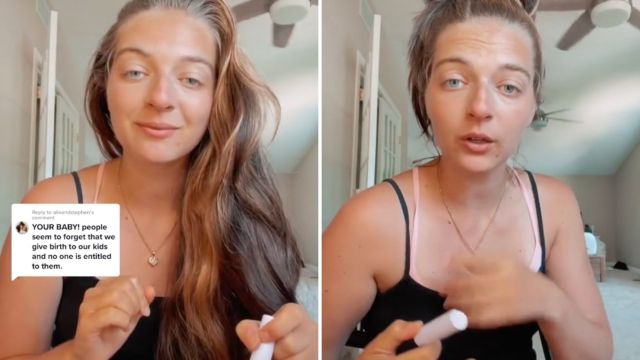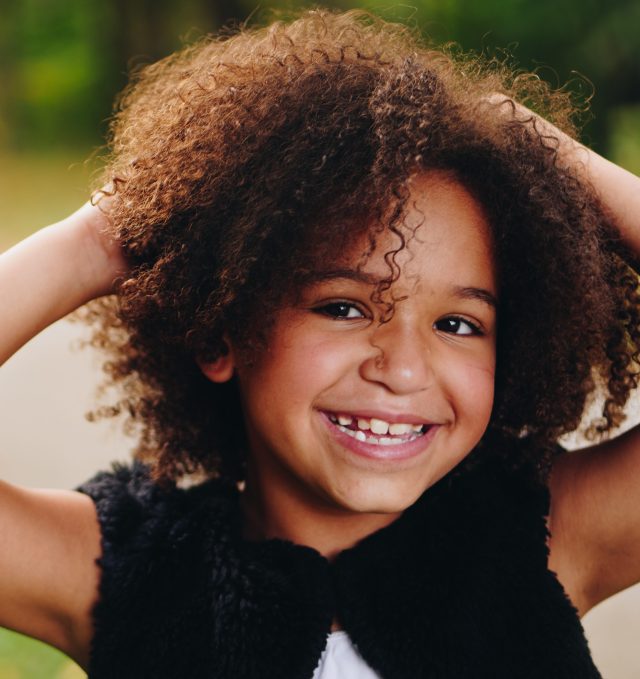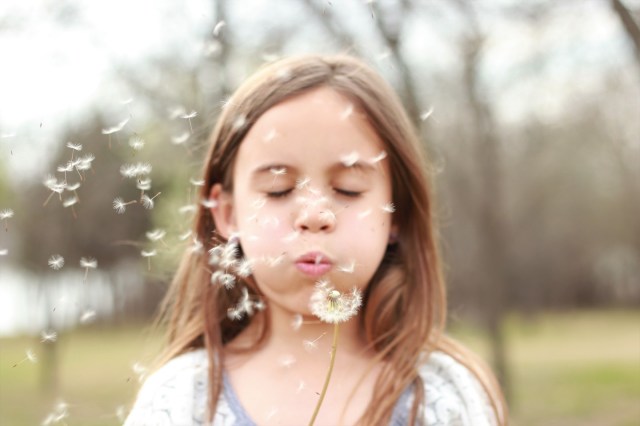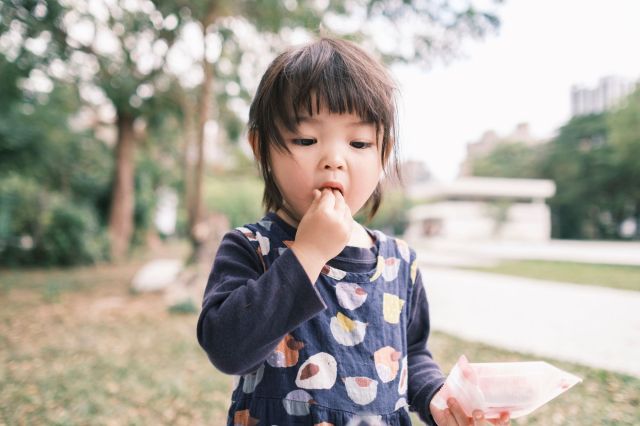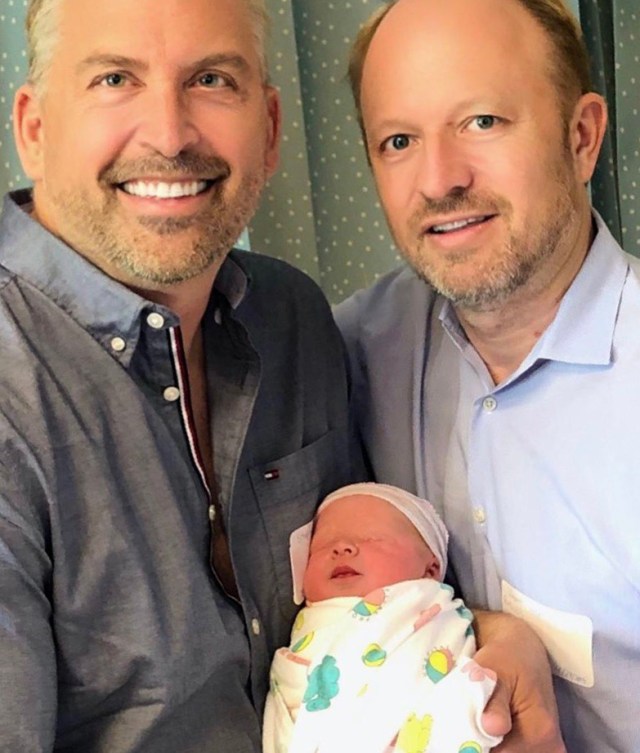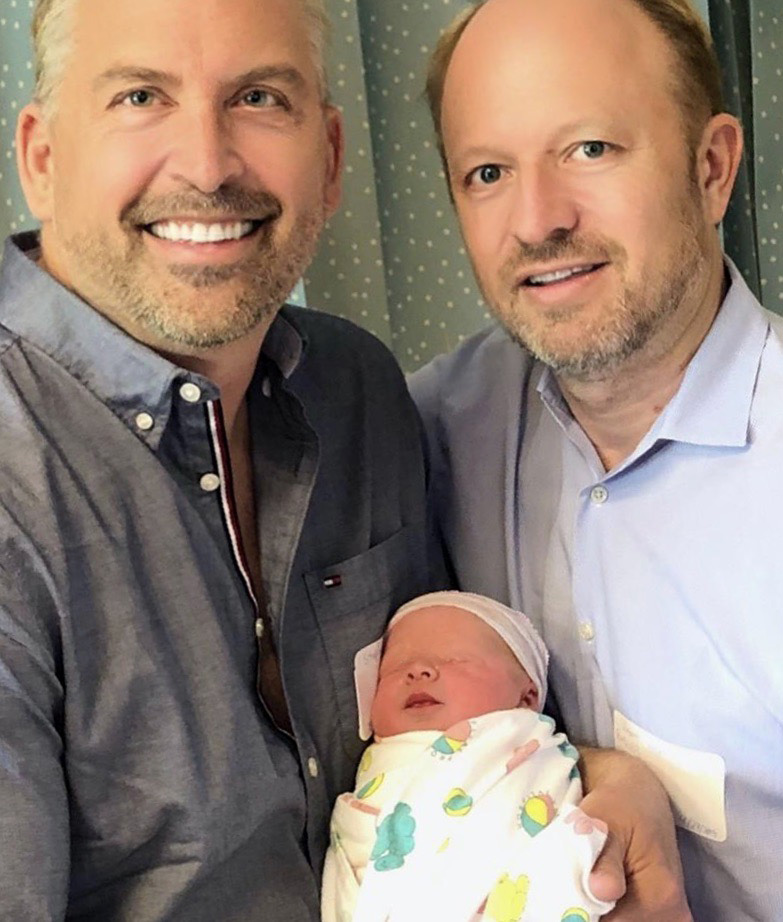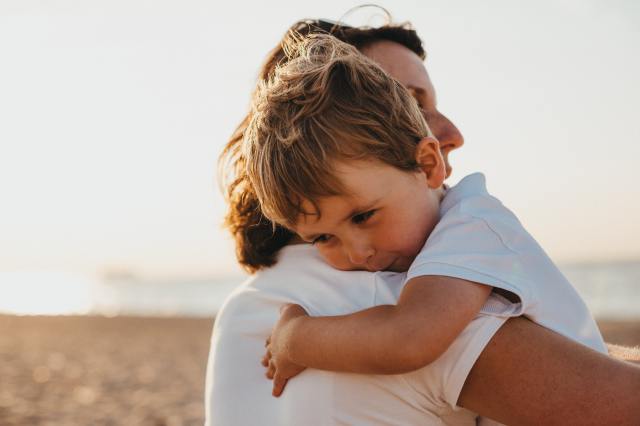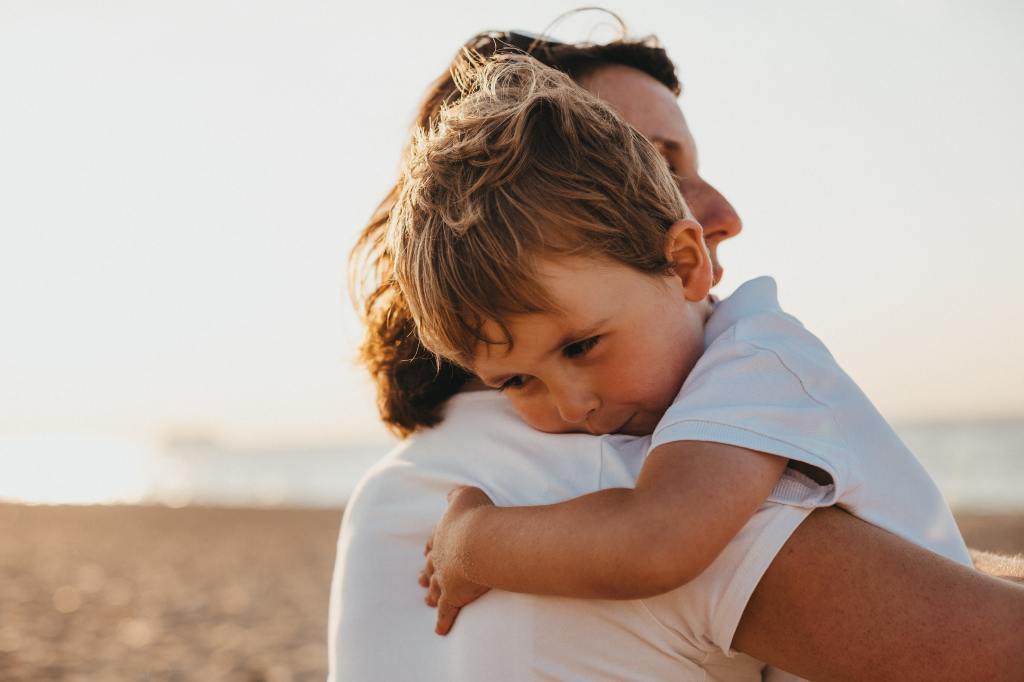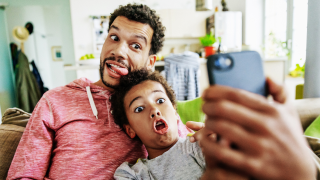If Christmas romantic comedies are your love language, this list is for you
The only things certain in this life are death, taxes, and that I’ll be bingeing Christmas romantic comedies from November 1st until New Year’s Day. Rooting for a super successful city girl who can’t find love until she moves to a totally remote location and meets the one man who lives there (who happens to be hot and emotionally available) is my favorite thing to do. Christmas romantic comedies are full of predictable tropes. But come on! Is there anything more fun than cozying up with a giant bowl of popcorn and yelling, “Maldovia is not a real country!” at your TV?
You laugh but Mrs. Claus was once a big city career girl in stiletto heels who went back to her home town for Christmas and fell in love with a bearded artisanal toymaker. 900 years later her life is a living hell
— Rachel Shukert (@RachelShukert) November 6, 2022
Let’s dive in!
The Knight Before Christmas
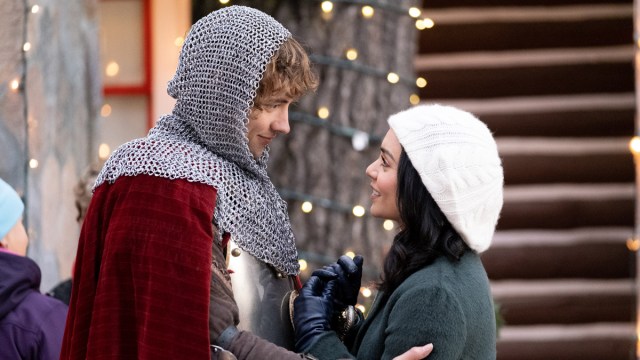
Love it for: Chain mail. Vanessa Hudgens. Bumbling love interest from another century. Old crone.
He's a knight. Get it? Who wouldn't fall in love with a man dressed in chain mail who bumbles around like a confused child? Vanessa Hudgens has lost all hope of finding love in the present time, so thank god an old crone put a curse on a 14th-century knight that propelled him into 2019. Vanessa accidentally hits him with her car and, for some reason, starts to feel like she needs to take care of this totally unstable yet hot dude. Very healthy relationship modeling. And there's time travel, which is always a plus.
Christmas Inheritance

Love it for: Rich, entitled daughter trope. Big city girl finds her soul in a small town.
The Christmas Inheritance is based on another amazing rom-com trope: the entitled rich daughter who needs to be cast out of the family and sent on a mission to find her humanity. To prove she’s worth inheriting her father’s company, socialite Erin must first visit his small hometown and become less terrible. Somehow the small-town vibe converts her from an entitled jerk to a loving partner. It’s Christmas magic, people!
Falling for Christmas
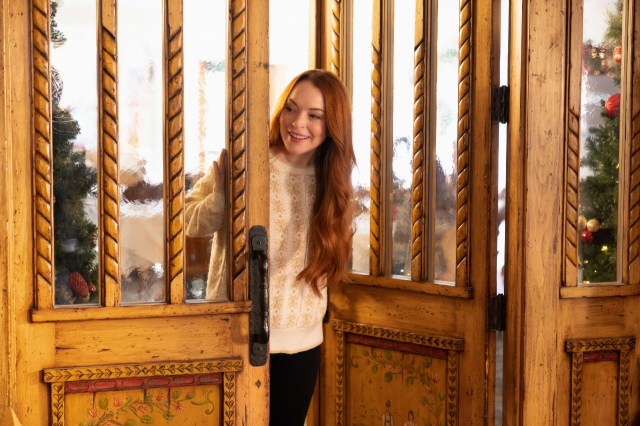
Love it for: Lindsay Lohan. Amazing snowsuits. Amnesia.
Sierra is a spoiled hotel heiress who’s just gotten engaged to an insufferable Instagram influencer. He takes her out skiing to get some content to share, and she propels down a steep ski hill and rams right into a tree. You guessed it! Amnesia! Enter a down-to-earth lodge owner who teaches her that your love interest shouldn't be a narcissistic tool. He also has an adorable daughter.
A Christmas Castle

Love it for: Brooke Shields. Cary Elwes. Successful, unlovable woman trope. Castle. Hot duke.
Brooke Shields is a successful author—until she kills off her leading man main character in her newest novel and faces intense backlash from his adoring fans. Why did she kill him off? Because he was a character based on her real-life husband, who dumped her for a younger woman he intends to marry on Christmas. She escapes to Scotland to connect with some family memories of her father that she thinks will make her feel better. Those memories happen to live in a castle that’s up for sale because the big-hearted duke who owns it is terrible in business. The duke happens to be Cary Elwes, who is still very, very hot.
Holidate
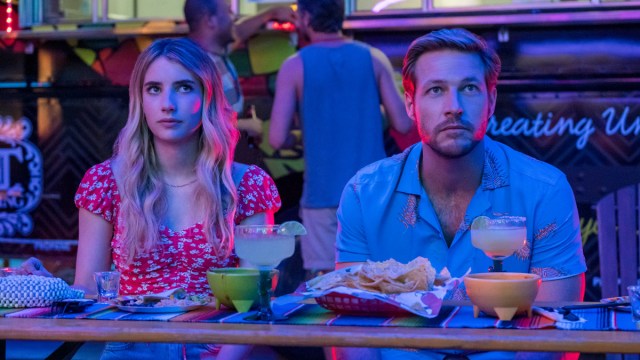
Love it for: Emma Roberts. Successful single woman trope. Love interest losing a finger.
Emma Roberts is super successful in her career but doesn’t have a boyfriend, so her family never leaves her alone. She meets an equally annoyed single person and they agree to be each other’s perpetual holiday dates and get drunk together with no strings attached for the rest of eternity. (Or until they fall in love, wink, wink!) This is a fun but totally bonkers movie, complete with Emma Roberts in a laxative spiral and her love interest losing a finger.
Operation Christmas Drop
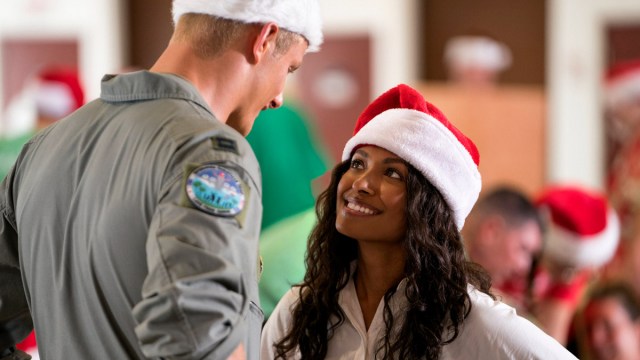
Love it for: Government employee leading lady with no heart. Palm trees with Christmas lights on them.
Erica is a congressional assistant from D.C. who travels to Guam intent on finding a reason to close a military base during the holiday season because she is successful and therefore heartless. Plot twist! The military base is run by a man who may as well be a young father Christmas himself. They travel together to make ‘Christmas drops’ in Micronesia, where Erica learns that being heartless is terrible and people need stuff. And love. And military bases.
The Princess Switch
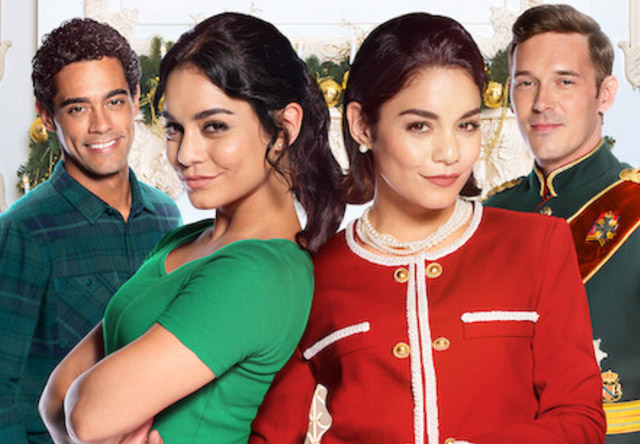
Love it for: Vanessa Hudgens. Terrible fake accents. Made-up countries.
Vanessa Hudgens is a down-to-earth Chicago baker named Stacy, whose assistant secretly enters her in a prestigious baking competition in the Kingdom of Belgravia. (God, I love fake kingdoms.) She doesn't want to go at first, but after a run-in with her terrible ex, she gets on a plane. She soon runs into Lady Margaret Delacourt, Duchess of Montenaro (also made up), who looks exactly like her. Weird, right? Lady Margaret is desperate for some time out of the spotlight, and her fiancé, the Crown Prince of Belgravia, is desperate for a woman who actually cares about him. Can you guess what happens next? Probably not, but the good thing is there is also a part two and part three!
Holiday in the Wild

Love it for: Rob Lowe and Kristin Davis. Jilted woman flees the country trope.
Honestly, this came out in 2019, and how did I miss this? How did we all miss this? Kristin Davis is looking forward to enjoying her empty nest with her husband after their son moves out of their very luxurious Manhattan apartment and goes off to college. Surprise! Her husband abruptly ends their marriage. So she heads to Africa on safari (as one does) and meets Rob Lowe (as one does). Will she find her purpose and true love? Of course, she will. Come on! I won’t spoil the story for you, but there are baby elephants.
The Spirit of Christmas
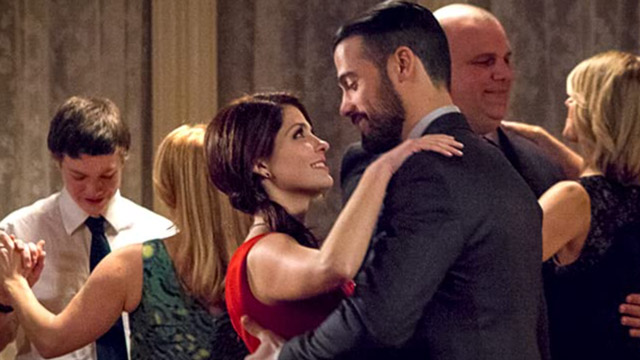
Love it for: Ghosts. Ghosts inexplicably taking human form. Frigid, successful woman trope.
If you haven't seen The Spirit of Christmas, what are you even doing with your life? Kate Jordan is killing it at her job but super unsuccessful in love, of course. Kate tries to impress her boss and secure a promotion by helping him unload an inn in Canada. (Work boundaries, people!) She travels to Canada hoping to make a sale and instead meets the ghost who haunts the inn, who inexplicably takes human form for the 12 days of Christmas. He's never tried to secure his earthly form before; he usually just wanders around the house freaking people out. But somehow frigid, overworked Kate reminds him how great it is to be alive and they fall in love. No more spoilers, but his ex-wife ghost also makes an appearance.






